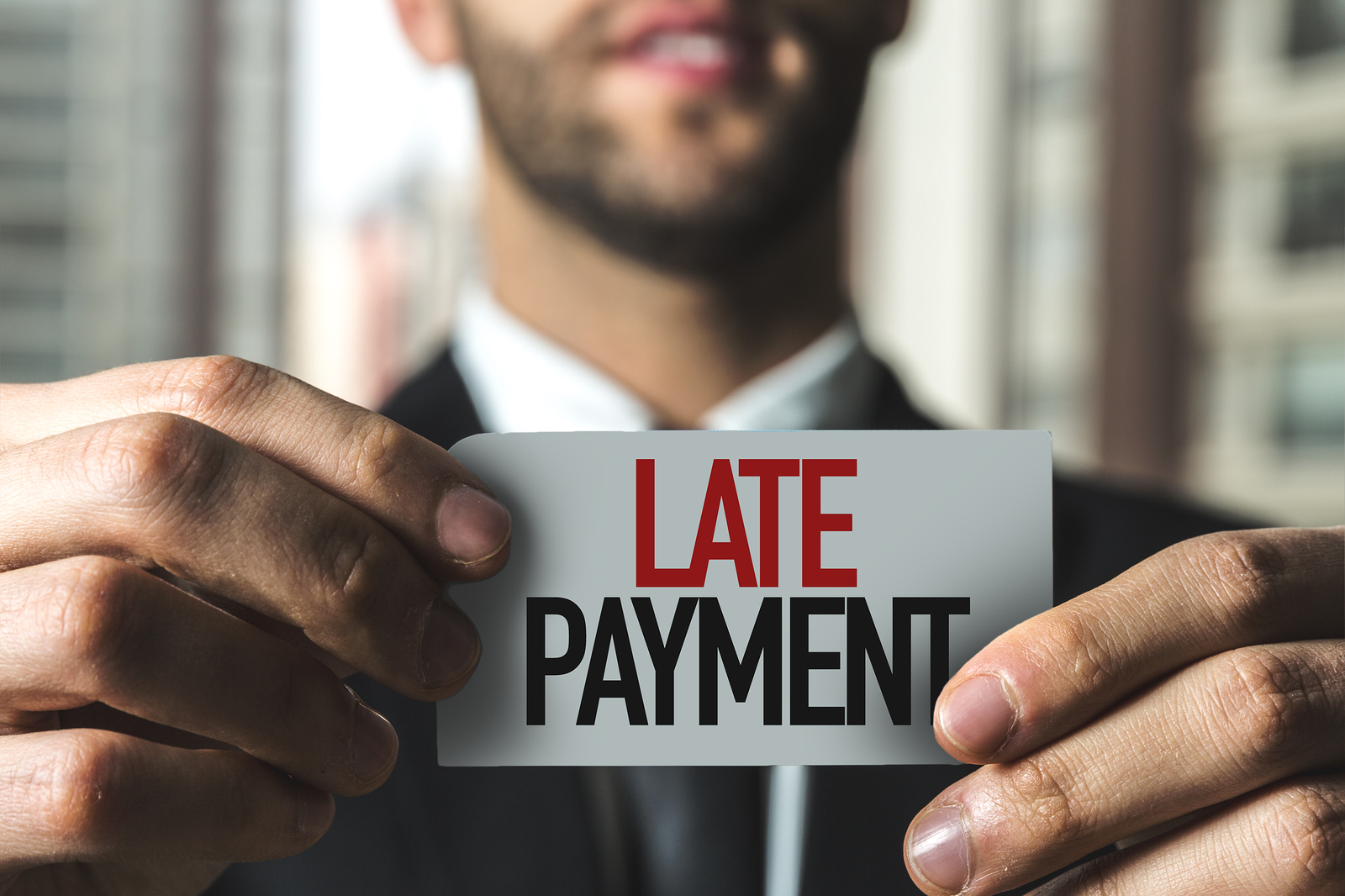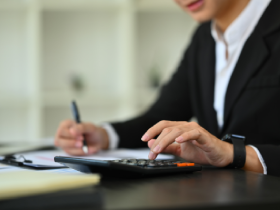When you start your small business there will, of course, come a time when you want to pay yourself. Depending on its structure, there are different options for how to do this correctly and for maximum tax efficiency.
If you are operating as a sole trader or partnership, the profits are entirely yours to keep so it’s up to you what happens to them and how much you take out of the business to pay yourself.
For limited companies, where the business and the owner are viewed as separate entities, salaries can be more complex as the money belongs to the business, so there are rules around how directors can pay themselves.
However you pay yourself, it is critical to always keep enough money aside to pay tax bills at the end of the year, whether this is through a Self Assessment tax return or a Company Tax Return for limited companies.
How do sole traders and partnerships pay themselves?
If you are a sole trader, or a partner in a partnership, you and the business are viewed as one legal entity, so all of the business profits are yours to do what you want with. Money can be withdrawn from the business as and when you need it, and recorded as drawings in your bookkeeping.
The flip side of this is that sole traders and partnerships pay tax on profits, not just what they take out of the business. Even if you leave all the money for the business, you’ll still pay income tax on it, so keep at least 20-30% of your profits aside. That way there’s less risk of being stung with an unexpected tax bill that you can’t afford to pay at the end of the year.
It is not a legal requirement for sole traders to have a separate business bank account, but it is best practice. This way, you can keep one account for money that is in your business, and then pay yourself from this into a personal bank account, remembering to always keep track of your drawings.
How do I pay tax as a sole trader or partner?
Sole traders and partners must notify HMRC of their earnings by submitting a Self Assessment tax return. The deadline for this is 31st January and you must submit one even if the business has made a loss.
You’ll only pay income tax if your earnings are more than the personal tax allowance, currently £12,570, but you must submit a return even if you earn less than this.
Once you submit the return, HMRC will notify you of the amount of tax due, which is worked out using the tax rates and thresholds in place for that tax year.
How do I pay myself as a limited company director?
Paying yourself as a limited company director is a little more complex than it is for sole traders and partnerships because the company is legally separate from the people who own and run it.
For directors with no other income, the most tax-efficient way to pay yourself is usually with a small monthly salary and then take the rest in dividends. This is because employers and employees must both make National Insurance contributions on salaries over certain thresholds, so keeping it low avoids paying National Insurance twice on the same money.
What’s the best salary to take?
The ideal director’s salary will depend on your individual circumstances, but normally taking a salary of around £700 – £1,200 a month tends to be the most tax efficient.
It’s a good idea to consult an accountant on this, as the optimum salary can change from year-to-year in line with National Insurance rates and thresholds.
You’ll need to make sure that directors’ salaries are recorded in your bookkeeping just like anything else going through payroll, and you’ll need to submit the data to HMRC every payday. This is known as an RTI return, and you can either ask your accountant or payroll provider to do it, or take care of it yourself using payroll software.
Failing to register for PAYE or submit RTI returns can land you with a fine of £100 or more, which is best avoided!
What are dividends?
Dividends are money paid out of a company’s after-tax profits to its shareholders (who are often also a company director, but not always). The company can pay dividends at any time, though it’s best to do it at regular intervals.
To make things official you’ll need to record minutes showing the agreement for dividends to be released from the company, and issue dividend vouchers showing the amount to be paid to each shareholder, even if you are the only shareholder.
As dividends must be taken from company profits after tax, it is important not to take too much out of the business.
Taking all the profits could leave the company with no money to cover the tax bill and put it at risk of insolvency, so we recommend never taking more than 80% of the company’s profits.
Unlike salaries, dividends are not part of Pay As You Earn (PAYE), so it’s the responsibility of the recipient to report how much they have taken in dividends to HMRC. Dividend income is taxed differently to other types of income, and it isn’t subject to National Insurance.
Don’t be afraid to ask for help
As a newly self-employed person or business owner, there are a hundred things to get your head around and how you are going to pay yourself is a really important one. It can be complicated, so don’t be afraid to seek professional support.
Accountants and payroll experts will guide you through the most effective way to pay yourself based on your business and circumstances, as well as handle the forms and paperwork, allowing you to focus on more practical aspects of running your business.
Looking for a new accountant? Compare accountancy packages to get started.








1 Comment